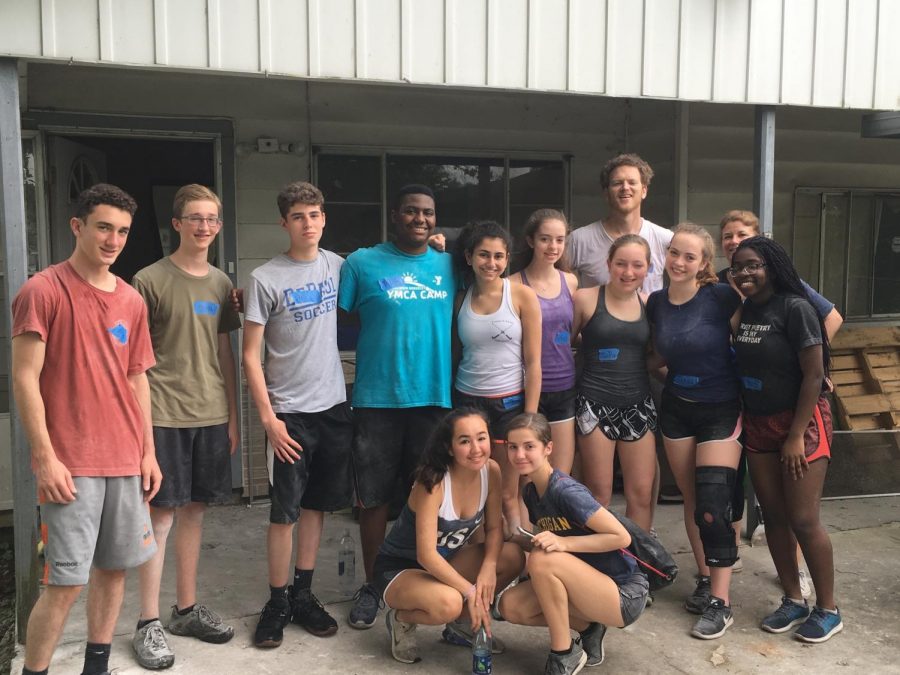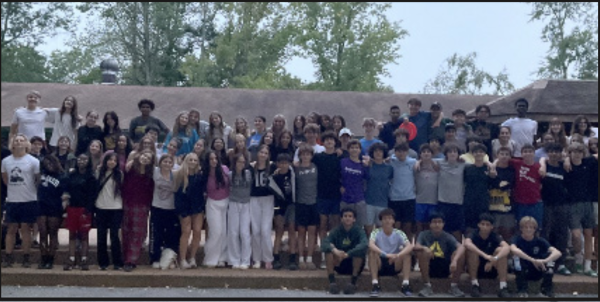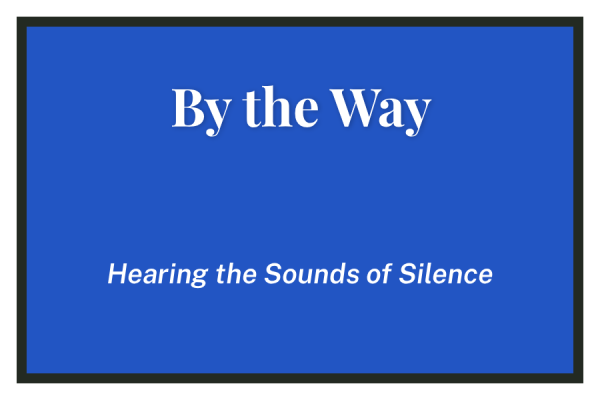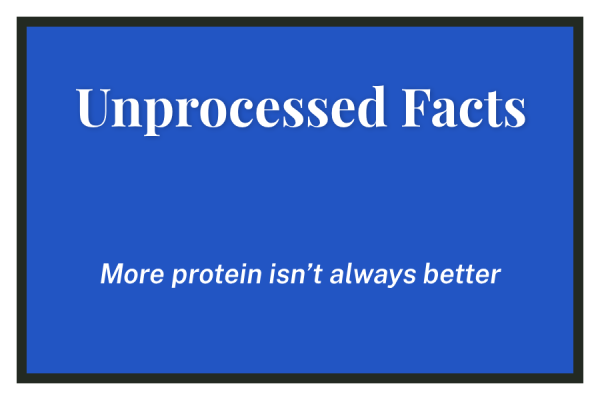Helping Hands in Houston
Reflecting on the Service Trip to Texas
Immediately upon our arrival in Houston, I was taken aback by the humidity and the foliage I had long gone without in Chicago. As we drove around the streets of the greater Houston area, it was hard to fathom how the category 4 hurricane that had swept through the city in late August had dropped enough water to sink Houston by nearly two centimeters. The floodwater had disappeared, but the damage clearly remained.
As a result of Hurricane Harvey, nearly 30,000 Texan families lost their homes, and damage costs were estimated at $75 billion, according to CNN. Realizing the urgency for aid in the areas hit by the Category 4 Hurricane, the Saint Bernard Project (SBP) extended their services.
SBP was created in March of 2006 by Zack Rosenburg and Liz McCartney. The now married couple volunteered in New Orleans, Louisiana with the St. Bernard Parish following the devastation of Hurricane Katrina, which resulted in nearly 2,000 deaths and approximately $120.5 billion in damages, according to CNN. As, SBP has recovery efforts underway in seven locations across the U.S. that have been devastated by natural disasters, including New Orleans and Joplin.
While Parker has paired with SBP New Orleans in past years during Cookies, this year’s trip leaders, senior Talia Garg and juniors Amaya Contractor and Sydney Garelick, decided on Houston after realizing the urgency of Hurricane Harvey.
On our first day of work, the 26 of us on the trip — 22 students and four teacher chaperones — were split into two groups, each working on a different house in the middle stages of reconstruction. With the help of our SBP leaders, we were tasked with painting, sanding, installing drywall, and texturing walls, along with other jobs.
The results of our work were satisfying, and it felt good to provide assistance to those in desperate need. But as we painstakingly sanded walls and cleaned floor tiling, I found myself wondering if traveling to Houston was necessary to provide relief when there is much to be done in our own city.
In 2017, approximately 12.4% of Chicagoans from the metro area were living in poverty, according to the United States Census Bureau. Reportedly, the poverty rates of minoritized groups, specifically black and latino groups, was significantly higher than that of whites.
Many neighborhoods in Chicago are severely impoverished due to decades of systemic segregation. By virtue of the city’s debt crisis, it’s difficult to turn to lawmakers and politicians for financial help, so the need for volunteers with local and national organizations is dire.
I understand the appeal of service trips. It’s important to see other communities and fun to be with friends, but do Parker students need to go to Texas to provide service? One of the main reasons I wanted to be a part of the Cookies trip to Houston was to learn the skills needed to build houses, but once there I realized I could gain these skills here, without the 1,000 mile journey.
As Parker strives to strengthen civic engagement efforts, the administration should strongly consider the Chicago neighborhoods that need a helping hand when planning activities for and volunteer opportunities. Of course, aid is always needed, especially in regions hit by natural disasters, but rather than taking a Boeing 757 to provide service, it seems more reasonable for Parker students to simply hop on the CTA.








